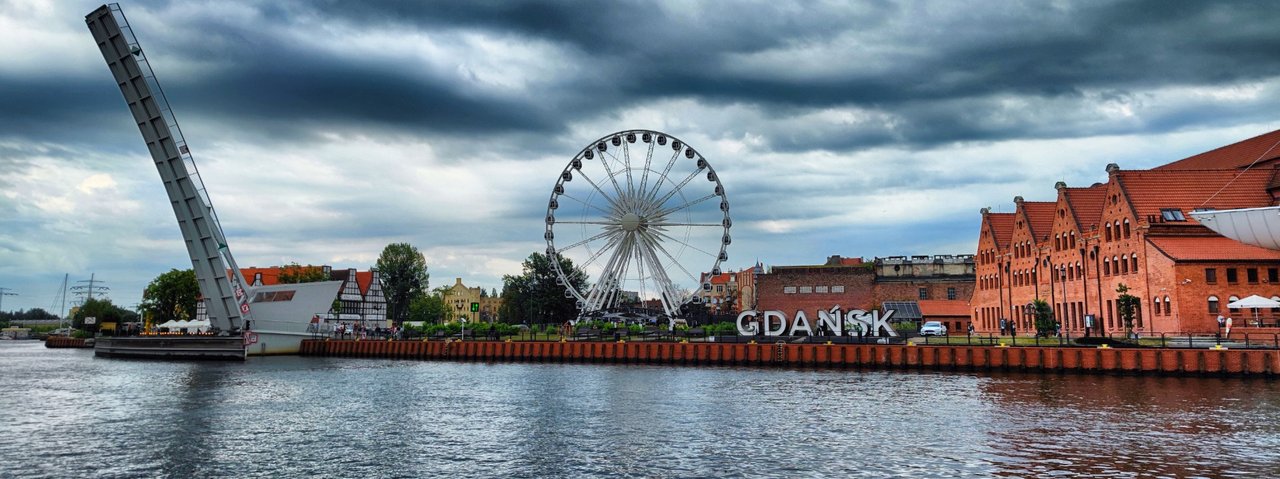Just drive off, right into the somewhere. Just not to the German Baltic Sea, which is as full as a soccer stadium on the German coast. We get into the car and set course north. We want to go to Poland, a country we last visited many years ago. What adventures are waiting there? We will experience it.
You can read the first part here, second here.
From above, the entire stretch of land looks like a single idyll. Narrow bands of islands stretch along an endless coastline, small villages lie to the right and left of tiny roads, and dark forests stretch out in between, sharply contrasting with the almost white Baltic Sea beach.
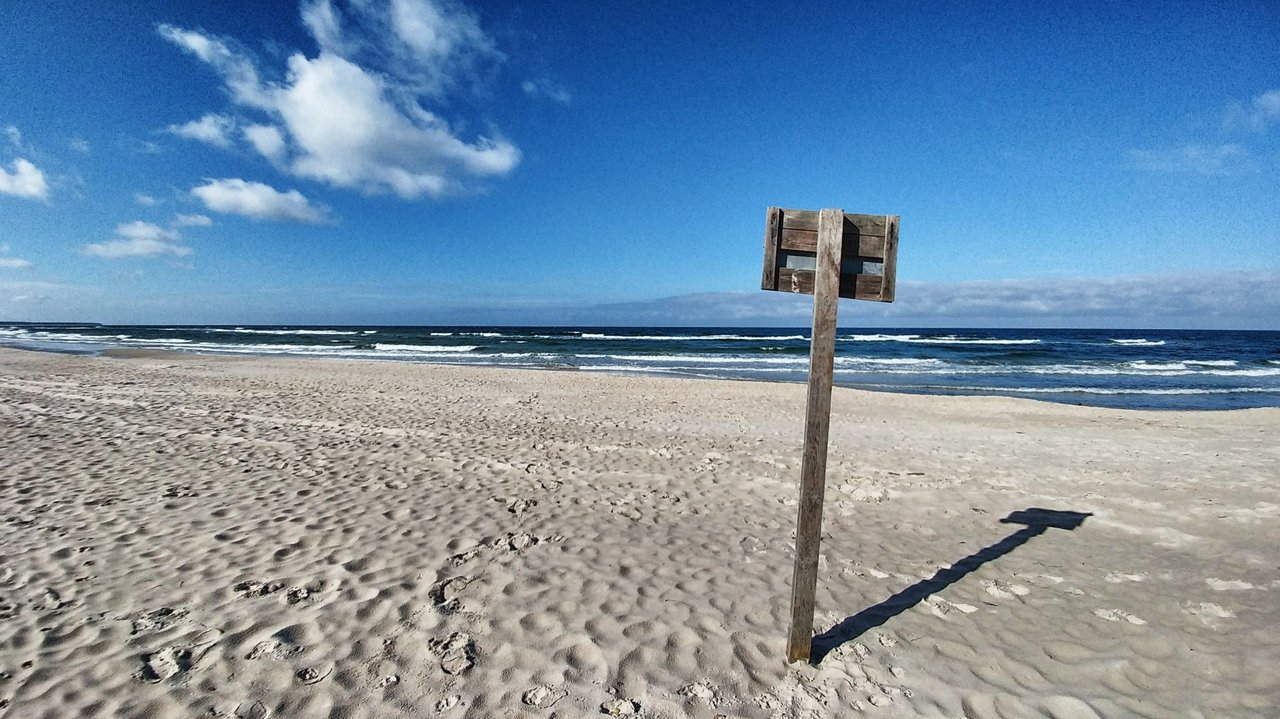 An empty beach - you can't see this often in Polands summer.
An empty beach - you can't see this often in Polands summer.
The reality down on the surface, however, looks a bit different up close: If you drive from Ustka, the former Stolpmünde, along the Polish Baltic Sea coast, not along the main road far away from the water, but along the slow lanes at the water's edge, you will not discover a secluded vacation paradise. Instead, you will discover the kind of vacation hustle and bustle that can only be found on the German Baltic Sea, on the beaches of New Jersey or on the Cote de Azur.
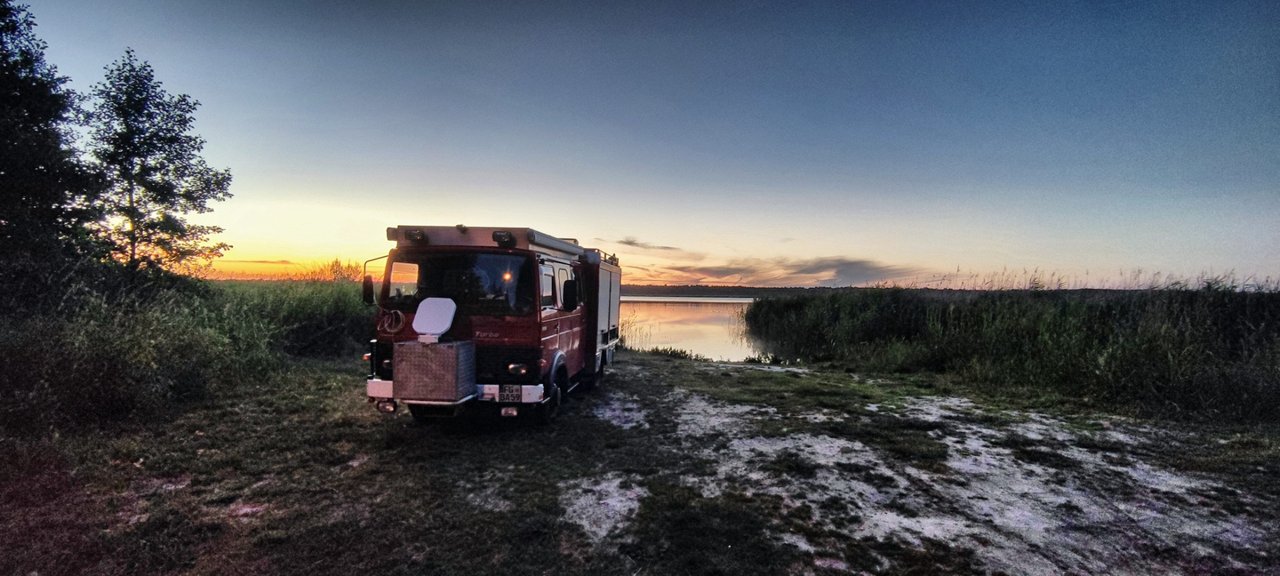 The day is gone, peace is coming to the waterfront.
The day is gone, peace is coming to the waterfront.
The Isle above the city
It is 160 kilometers from Ustka to the extreme tip of the Hel Peninsula, which juts into the sea above the famous Baltic Sea metropolis of Gdansk. Hardly any of the route kilometers are untouched, hardly anywhere is silence, peace and quietness. Wladislowowo, which looks like a lonely fishing village on the maps, is reminiscent of the German Warnemünde, a bustling vacation resort where the beaches are full of thousands of people. Vacations megaindustry.
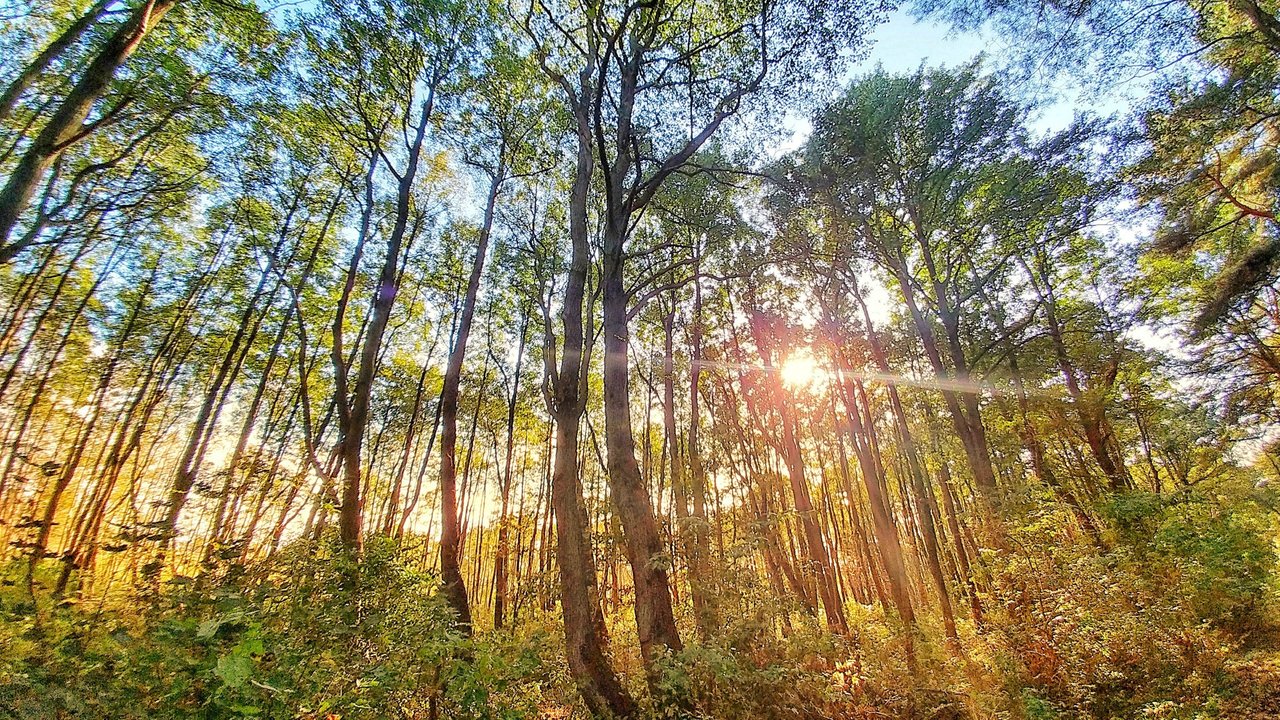 Good morning, Poland!
Good morning, Poland!
Markets and carousels, snack bars and pubs, discos and rental scooter stations - down through Gdynia, the city formerly called Dingen and renamed "Gotenhafen" by Hitler, Poland's entertainment district stretches all the way to Gdansk, which is now called Gdańsk again. It's an endless playground for kinds and elderly, with shops and bars, playmobiles and sporting grounds.
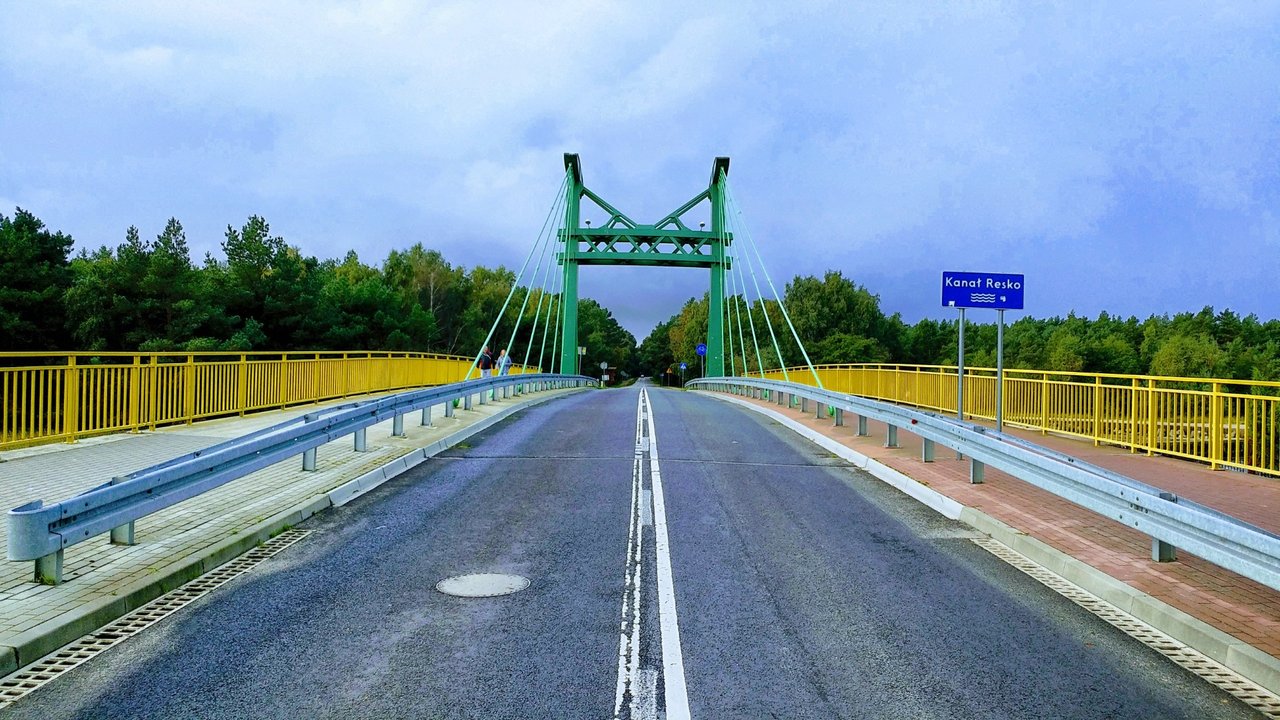 Like the highways in the US of A
Like the highways in the US of A
The less famous sister
Gdynia is the smaller, less famous sister of Danzig. First mentioned in a document as the settlement of Gdina in 1253, it was not until 1926 that the settlement was granted city rights. Because Gdansk belonged to Germany at that time, Gdynia became the most important port city in Poland and a large city with over 100,000 inhabitants.
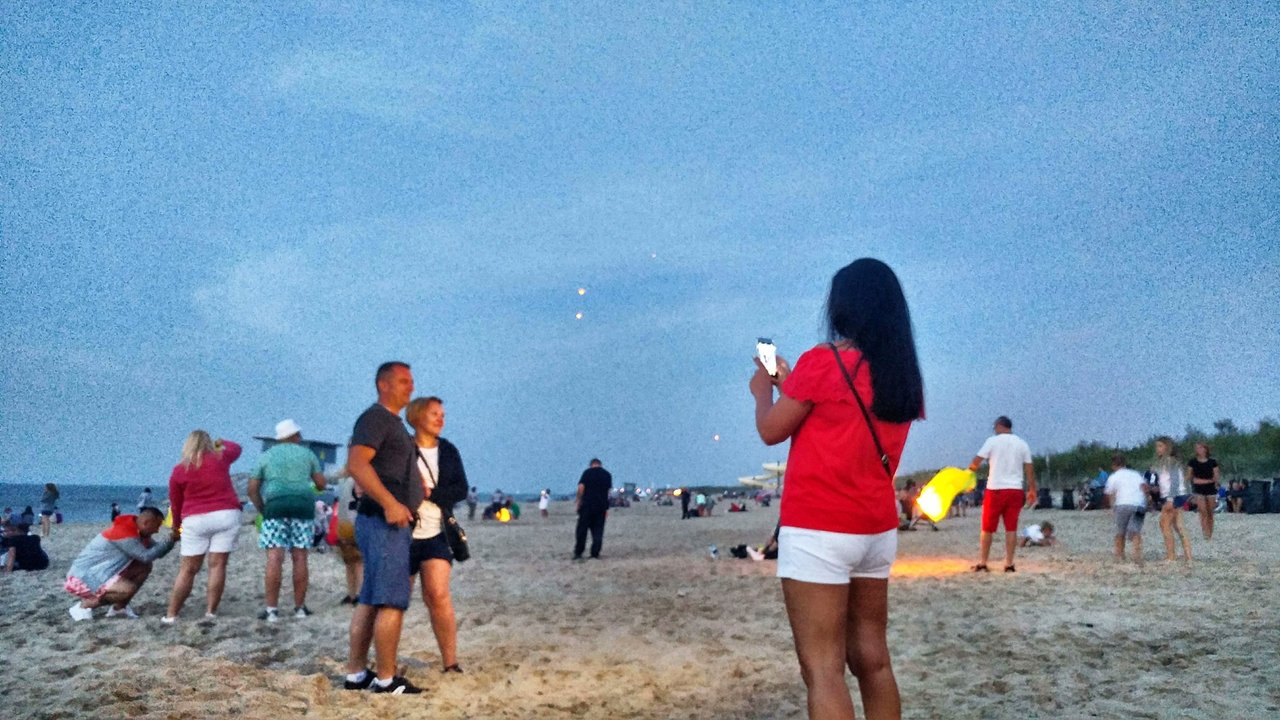 At the evening the polish people are meeting on the beach again
At the evening the polish people are meeting on the beach again
However, it has little charm; everything seems to have been newly built and designed in the socialist style. No wonder, because as an important naval base of the German Kriegsmarine, the was largely destroyed by air raids of the Royal Air Force and the United States Army Air Forces during World War II.
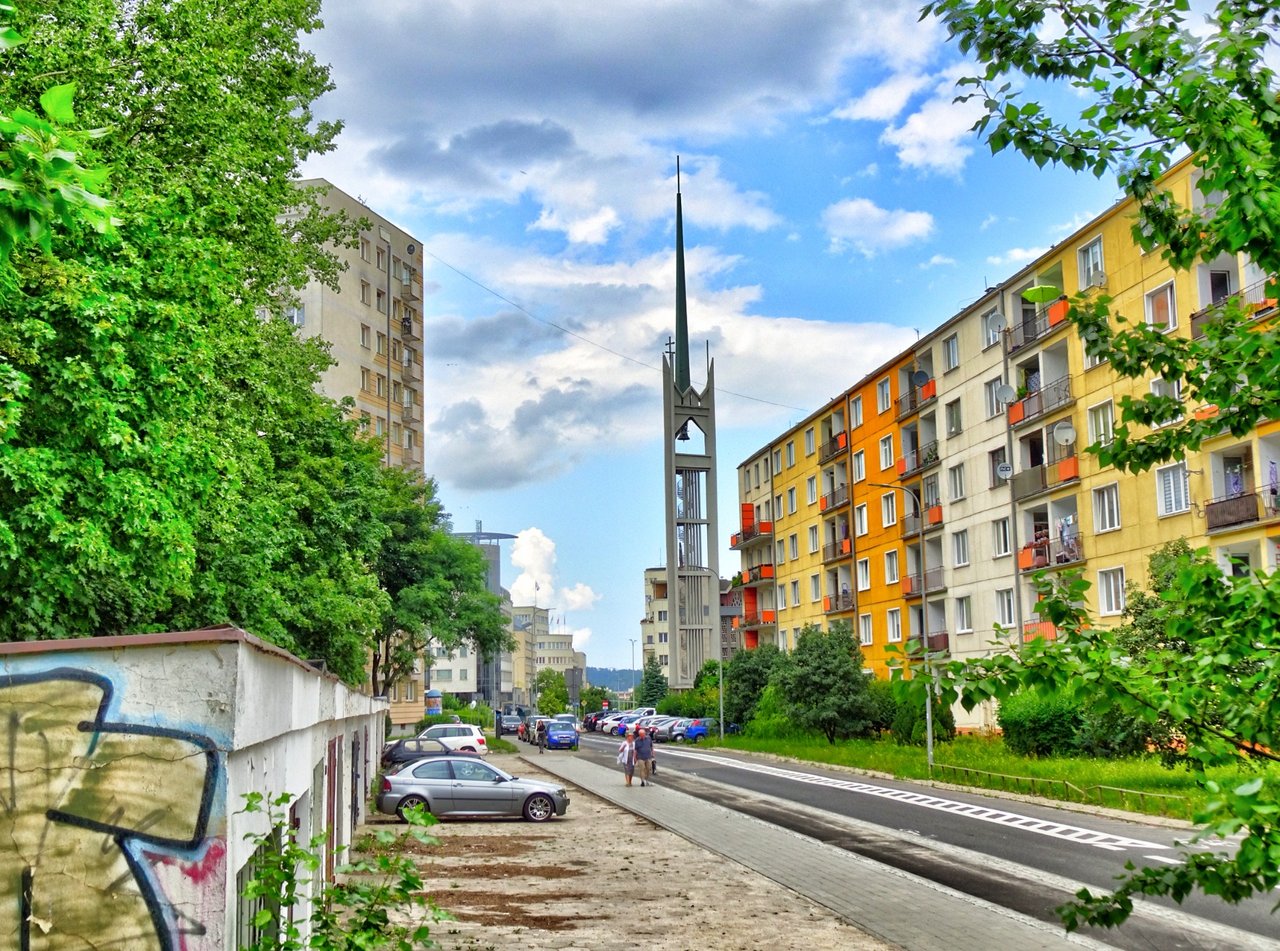 Gdynia is re-build by the communists, the needle is a church made of concrete
Gdynia is re-build by the communists, the needle is a church made of concrete
Rebuilt, but not beautiful
Rebuilt, but with no pretensions of being beautiful, Gdynia ranks twelfth among Poland's largest cities with a population of about 250,000. The biggest sight that immediately catches the eye is the needle-pointed tower of the Church of the Sacred Heart, not far from the magnificent town houses of the rebuilt old town. The huge structure is made of concrete, but cites the past of Hanseatic trade with all its Flemish, Dutch and German influences. Compared to neighboring Gdansk, however, Gdynia is unremarkable and gray.
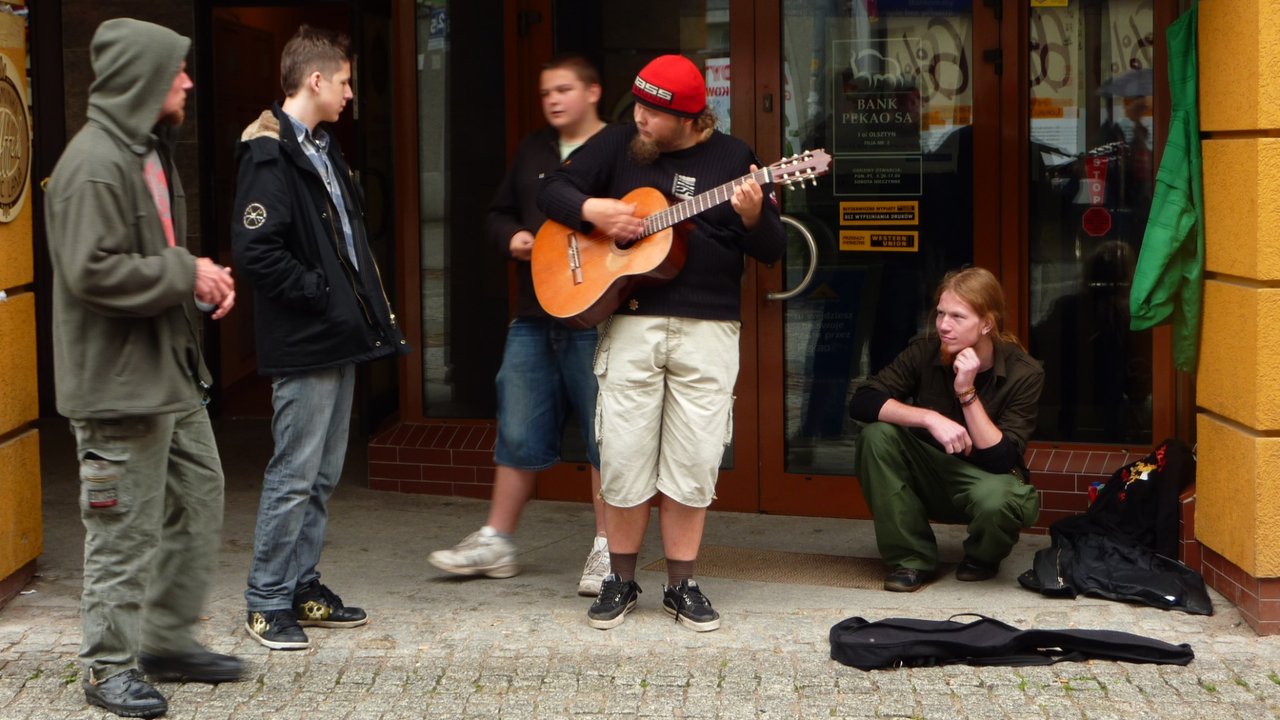 Buskers on the streets
Buskers on the streets
For while Gdynia appears faceless and Sopot, the third famous city on the Bay of Gdansk, resembles a hopelessly overcrowded spa town whose center may still radiate leisurely tranquility in winter but is characterized by an endless traffic jam in summer, Gdansk shines as a beacon of elegant modernity.
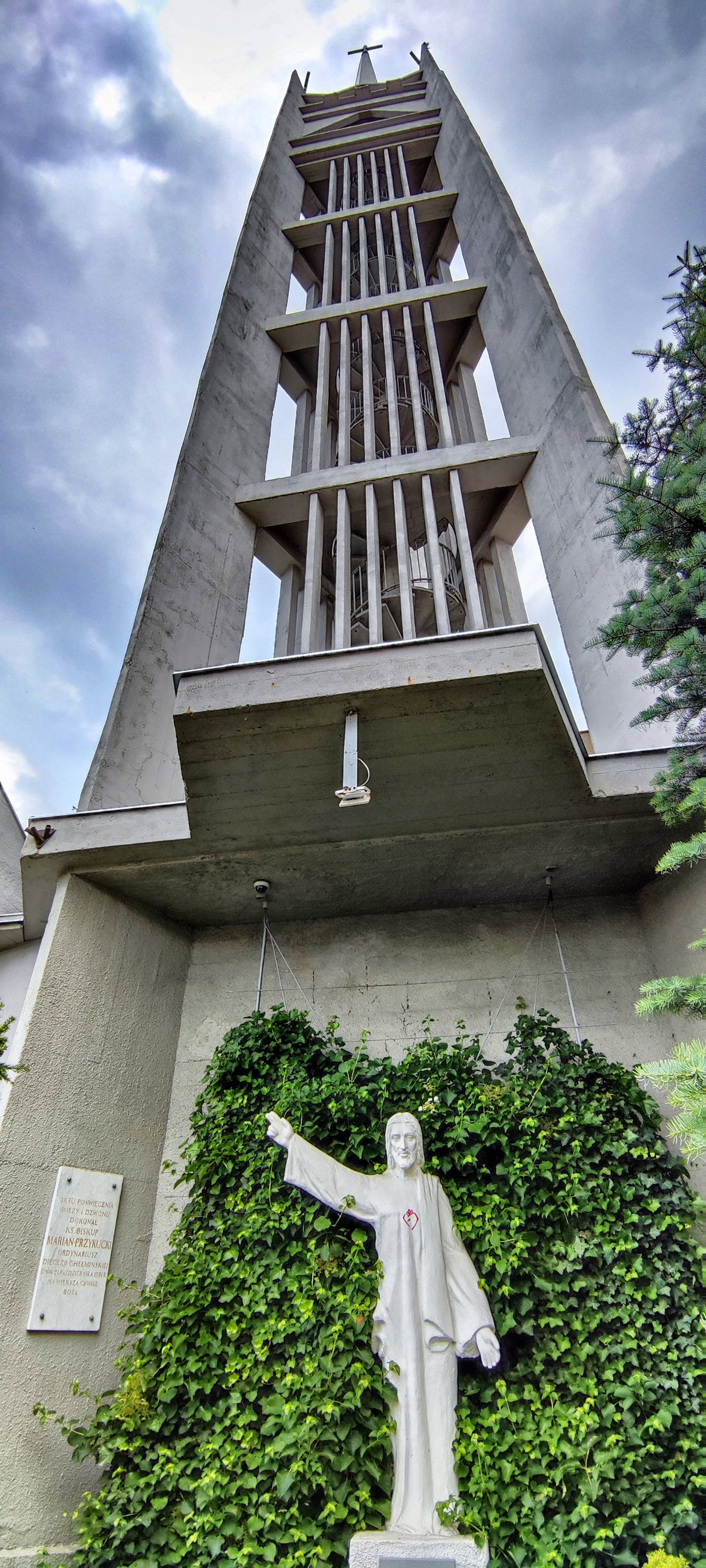 Jesus shows the way: Poland is very catholic
Jesus shows the way: Poland is very catholic
Happy at the harbor
In the large, wide pedestrian zone near the harbor, almost all of the old houses have been lovingly renovated, and galleries and trendy cafes crowd the area.
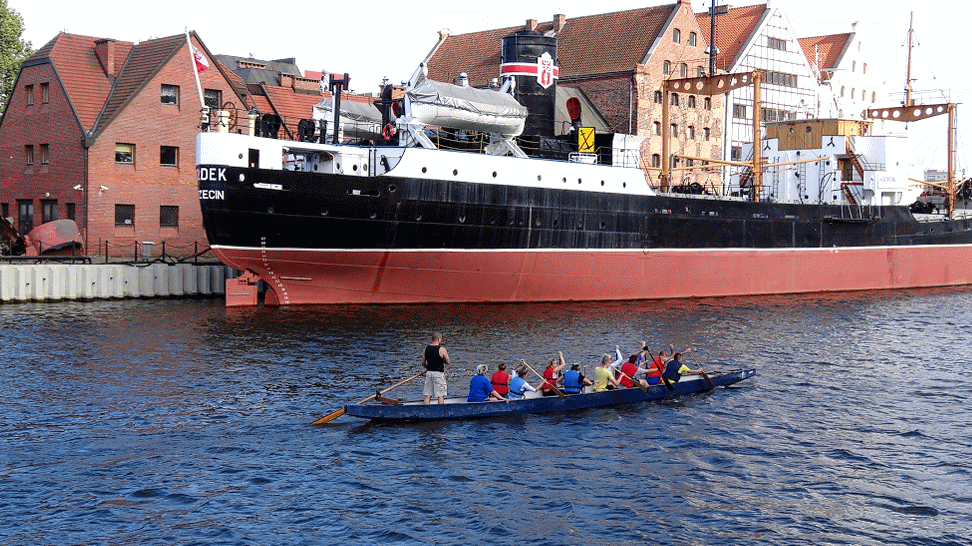 Paddling at the harbor stream in Gdansk
Paddling at the harbor stream in Gdansk
Directly at the harbor, the old commercial wasteland, which for years was like a big hole in the cityscape, has been transformed into a new upscale district of hotels, apartment buildings and restaurants.
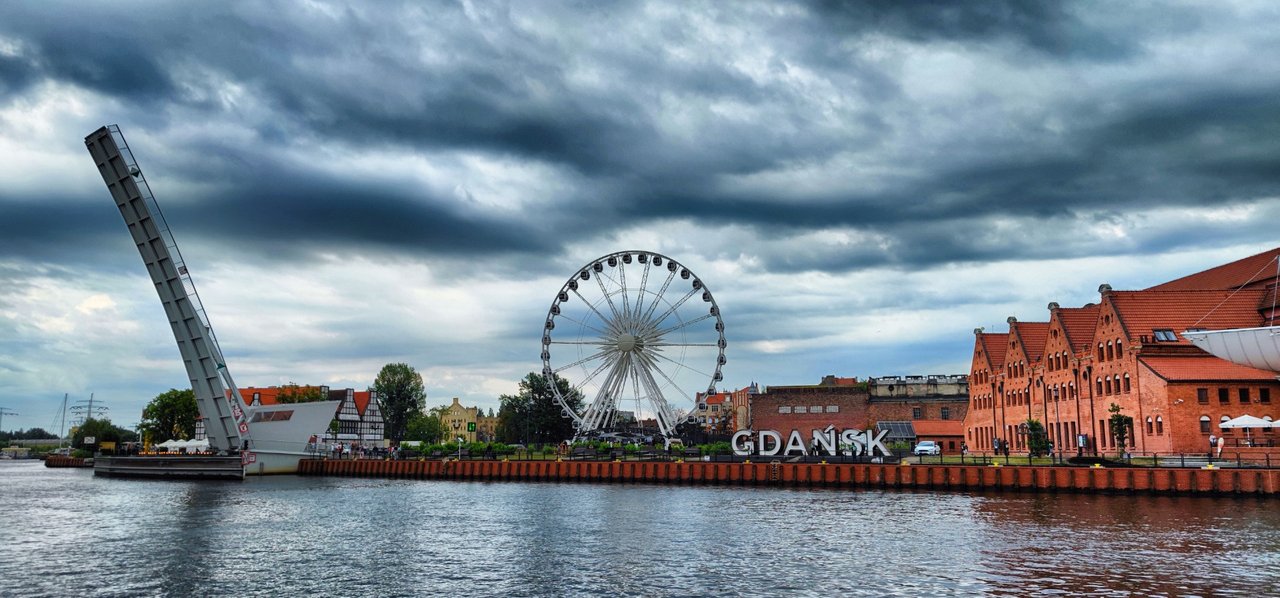 A ferris wheel on the right side of the old harbor.
A ferris wheel on the right side of the old harbor.
Sea air wafts in, there is a smell of fish, and street musicians from all over the world stand on every corner, competing for attention. In the harbor, boat trips are regularly offered to Westerplatte, for example - that's where we'll be going tomorrow. Today, however, we enjoy the bustling life of the colorful city, which is considered the center of the geographical and cultural region of Kashubia.
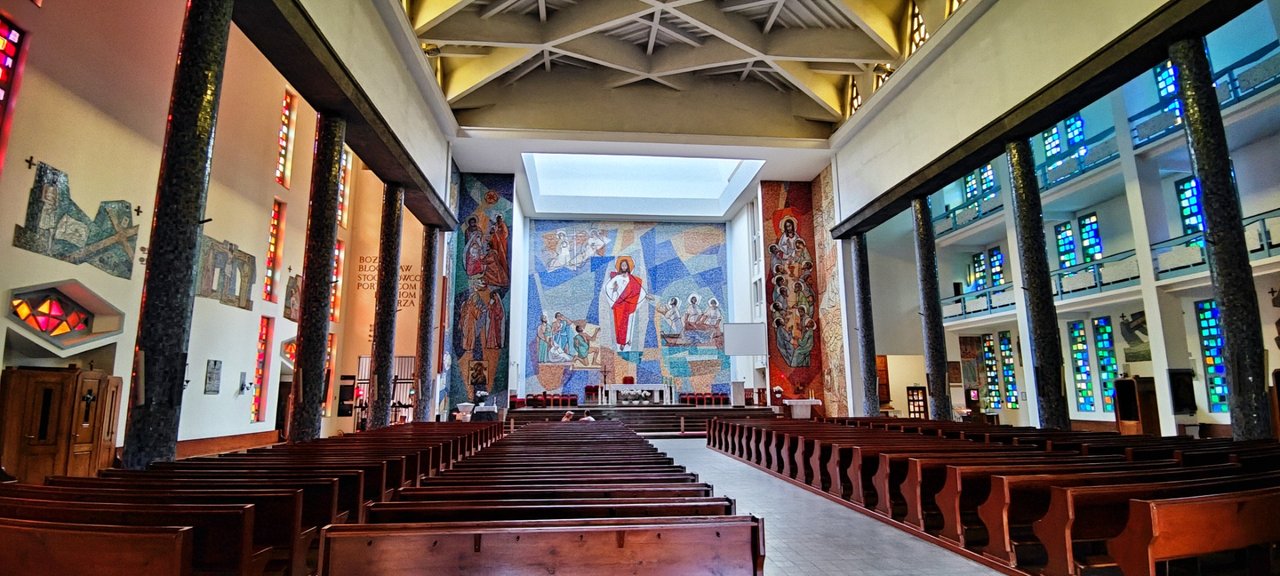 The church you can' forget
The church you can' forget
A city to party
With over 468,000 inhabitants, Gdansk is the sixth most populous city in Poland; it is probably 2,000 years old and was founded by the Goths. In the centuries since, few other cities in Europe have been so disputed and fought over: the Crusaders have ruled here, the Prussians, the Germans, the Poles and the French.
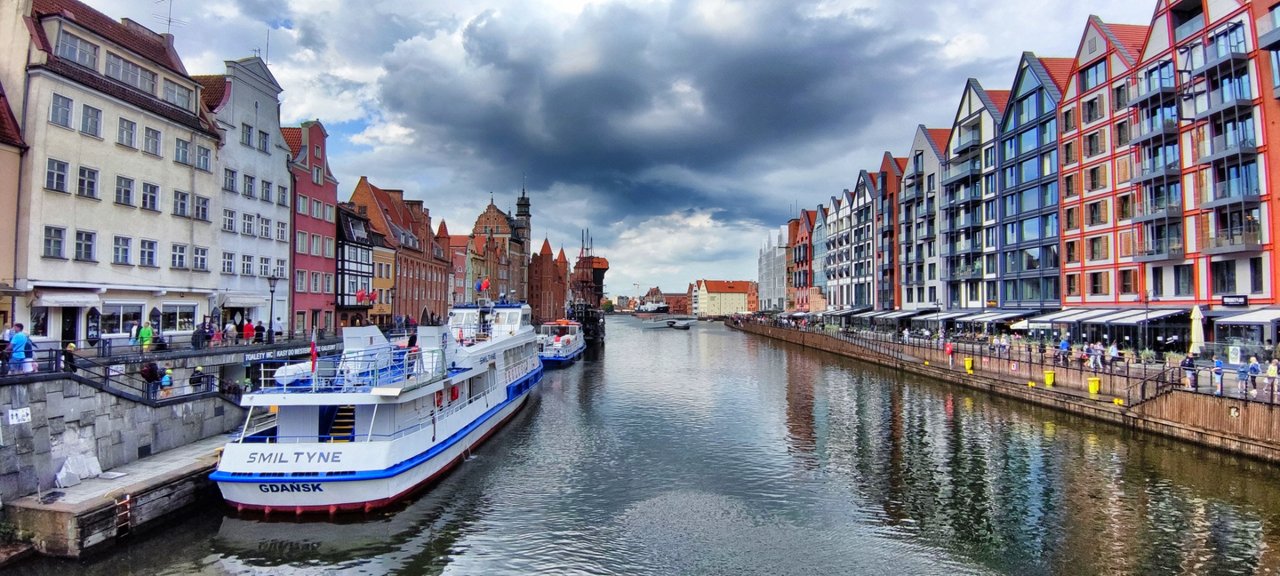 Look exactly on this picture, the builings on the right side
Look exactly on this picture, the builings on the right side
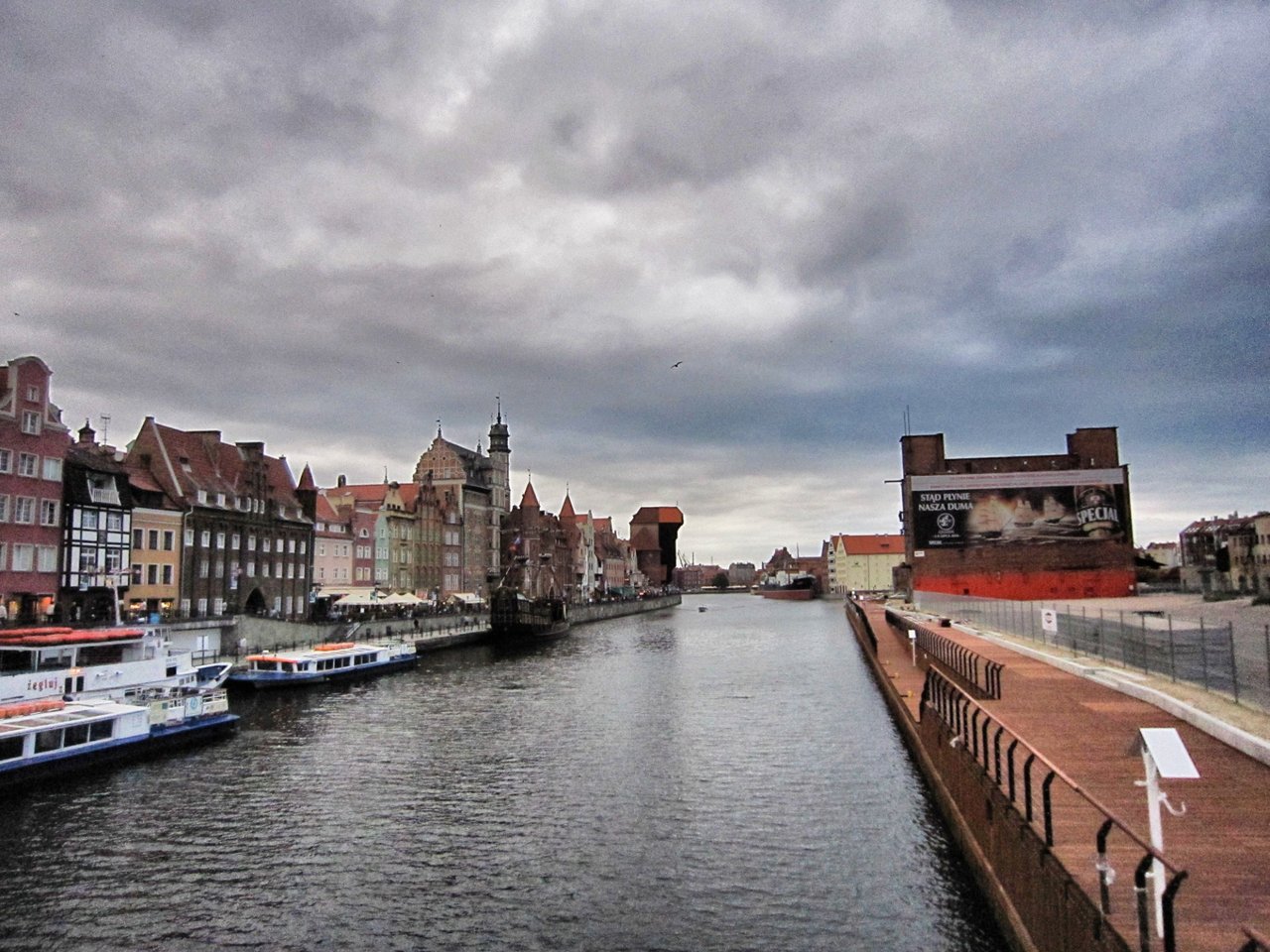 The wasn't here only a few years ago: The right side was completely empty
The wasn't here only a few years ago: The right side was completely empty
It was from here that the fall of communism began, when in August 1980 striking shipyard workers dared to revolt, which, led by Lech Wałęsa, became the nationwide Solidarność trade union movement.
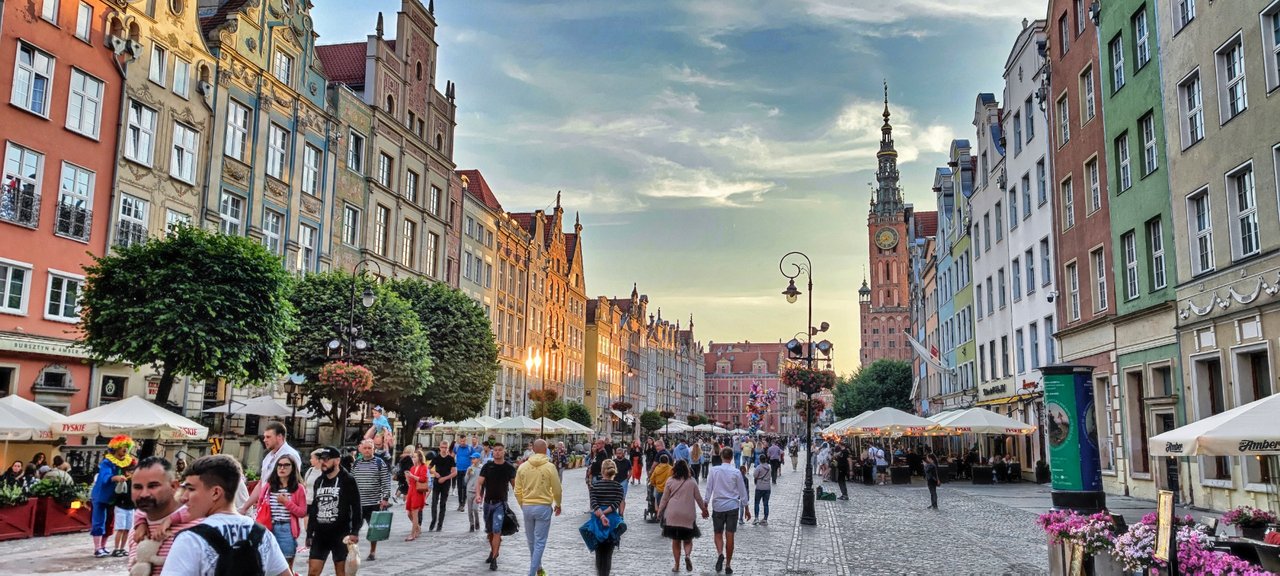 Downtown Danzig: Best party city in the east
Downtown Danzig: Best party city in the east
Today, Gdansk is a bustling city of modernity, full of tourists and students, a London or Paris of the East, with hip fashion districts and inventive artists. Let's have a nice evening in this beloved town!
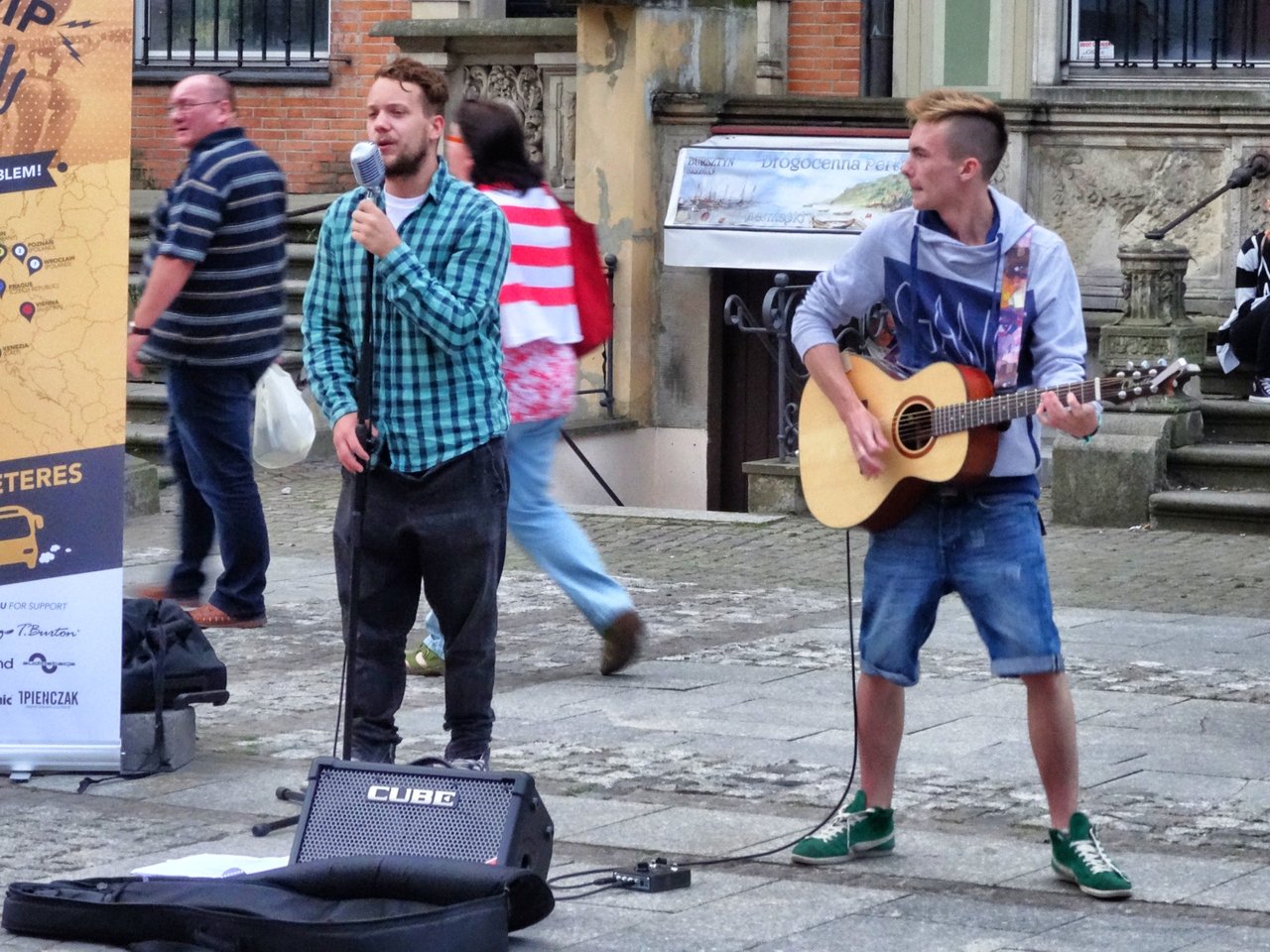 More buskers, on every, every corner
More buskers, on every, every corner
Thank you for reading and if you like my work please follow me on Hive, Travelfeed or Steem or visit my homepage koenau.de
A few more pictures for you:
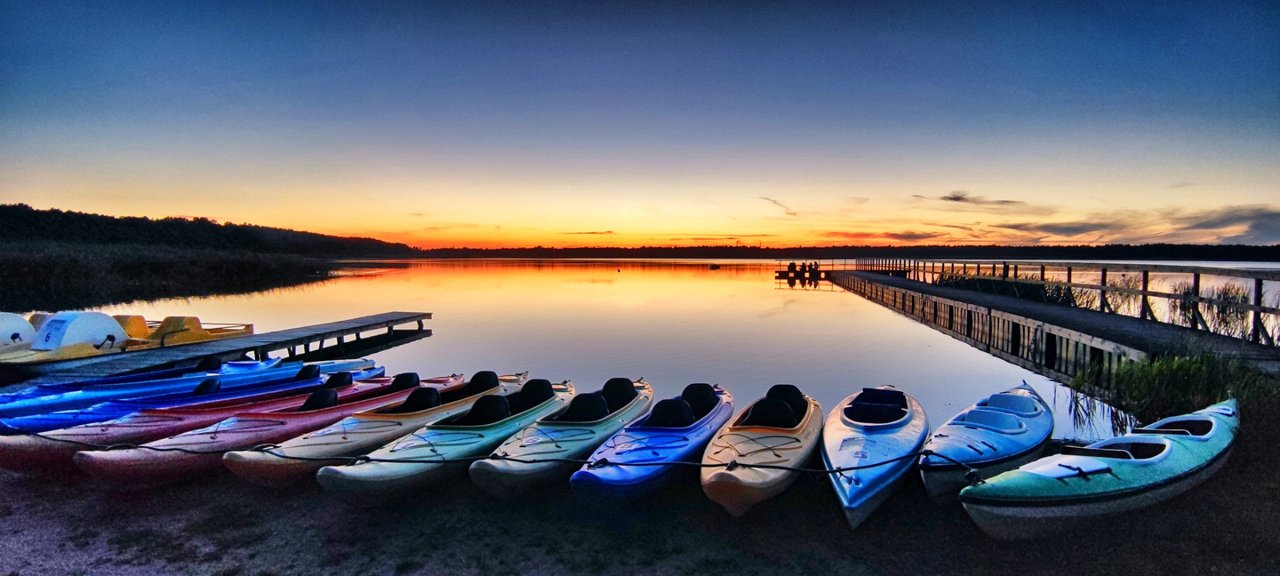 If you're happy to find the right spot you will see this
If you're happy to find the right spot you will see this
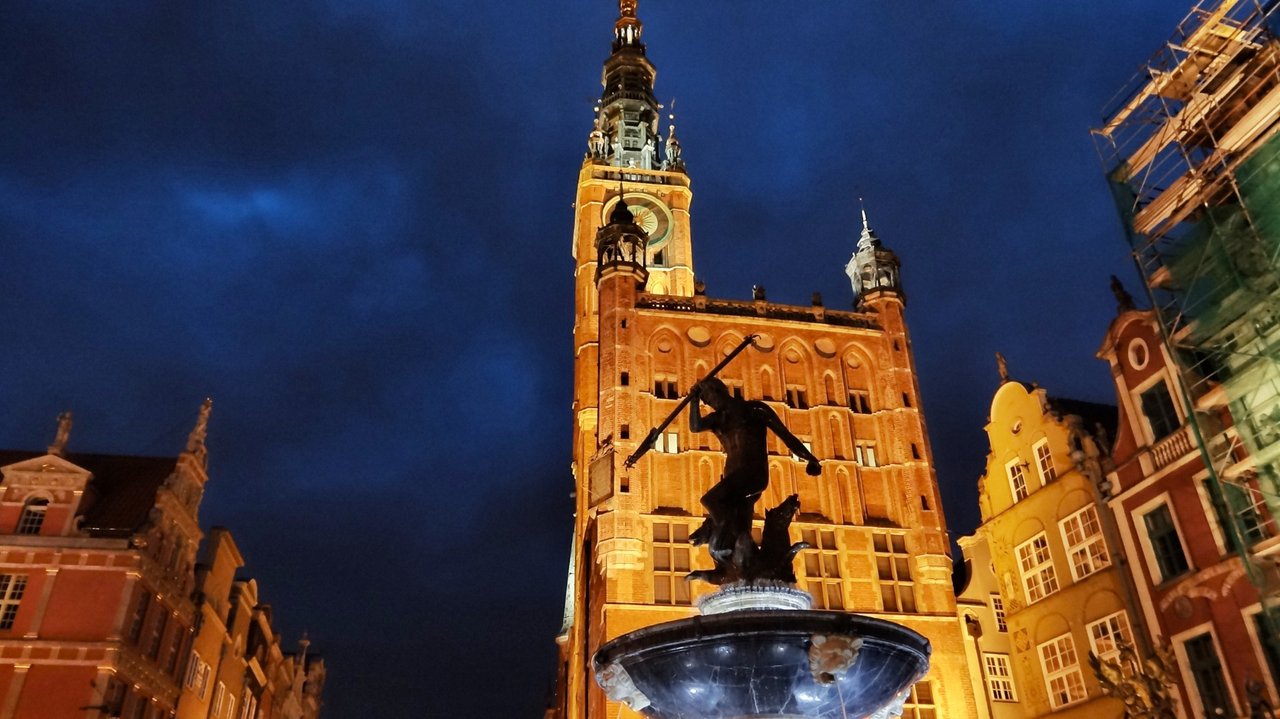 Gdansk by night
Gdansk by night
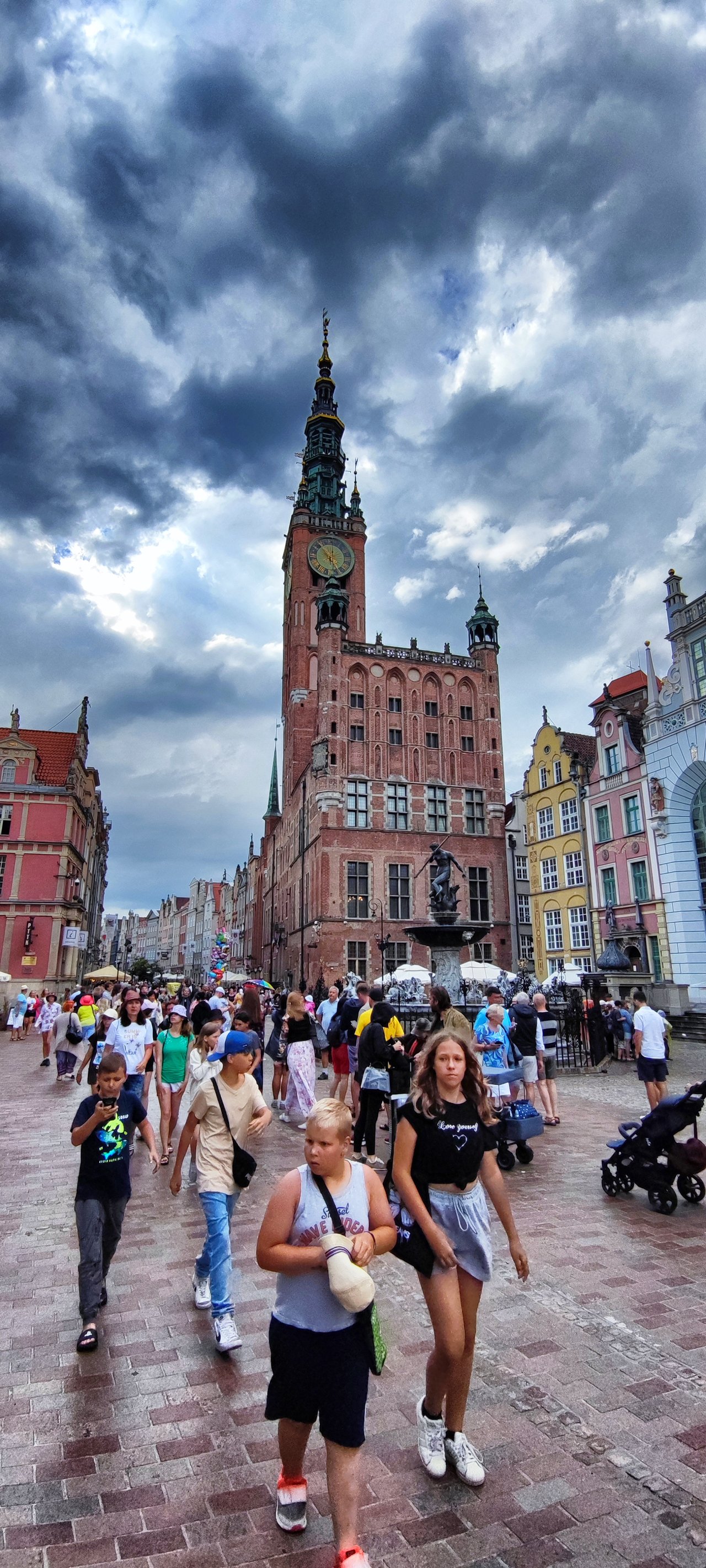 An endless stream of visitors in Danzig
An endless stream of visitors in Danzig
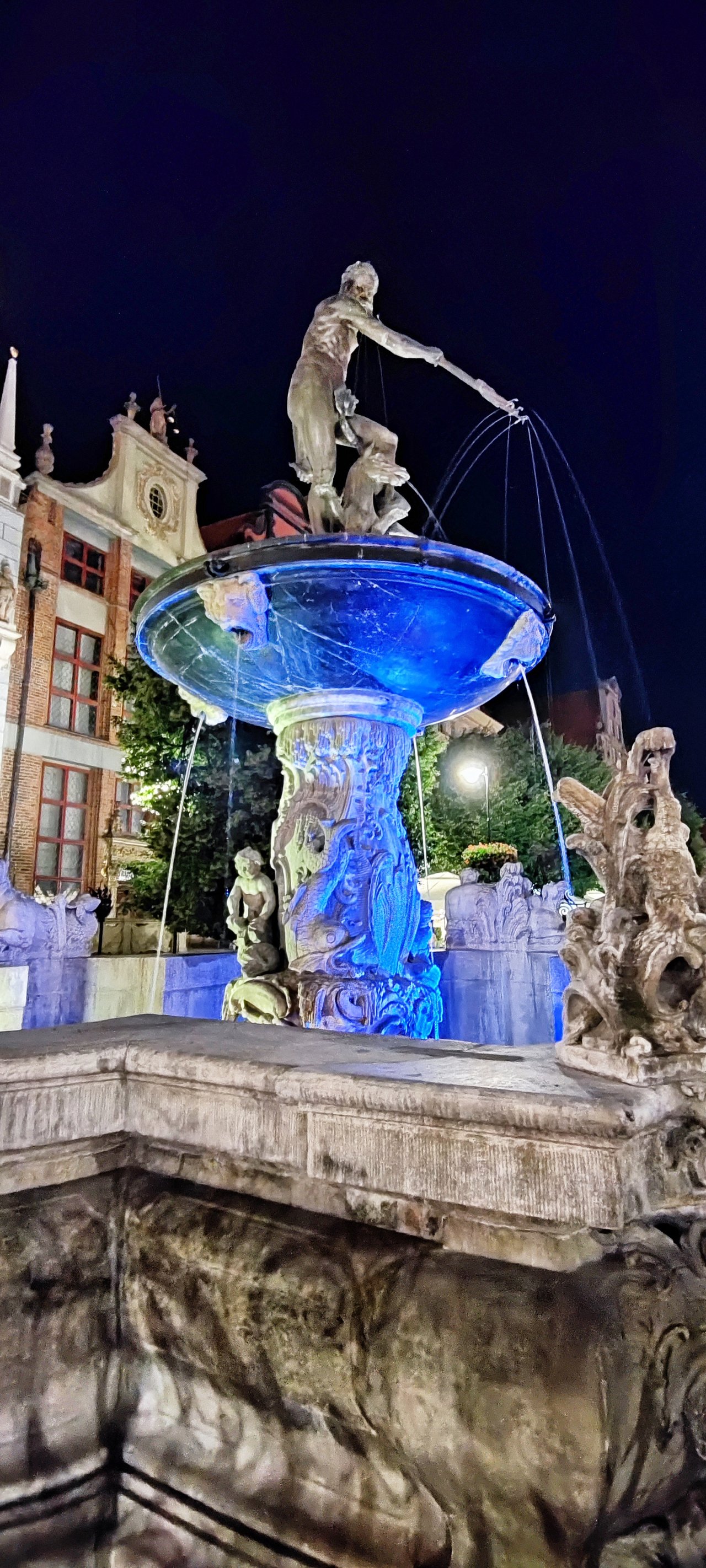 The famous spring of Gdansk
The famous spring of Gdansk
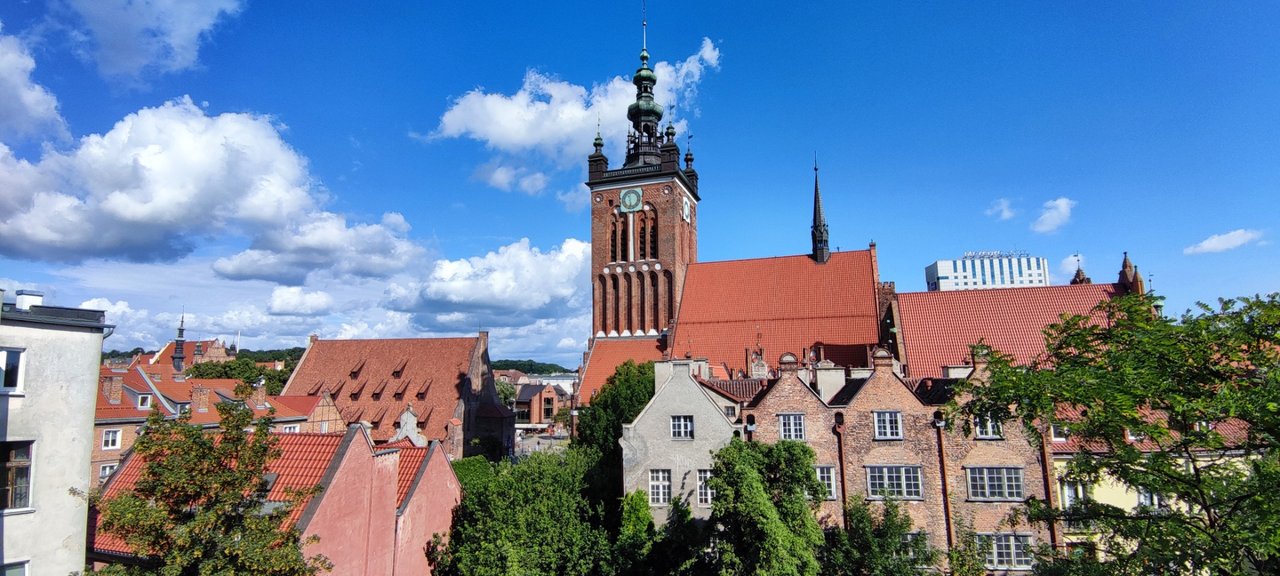 Have a look over the roof tops
Have a look over the roof tops
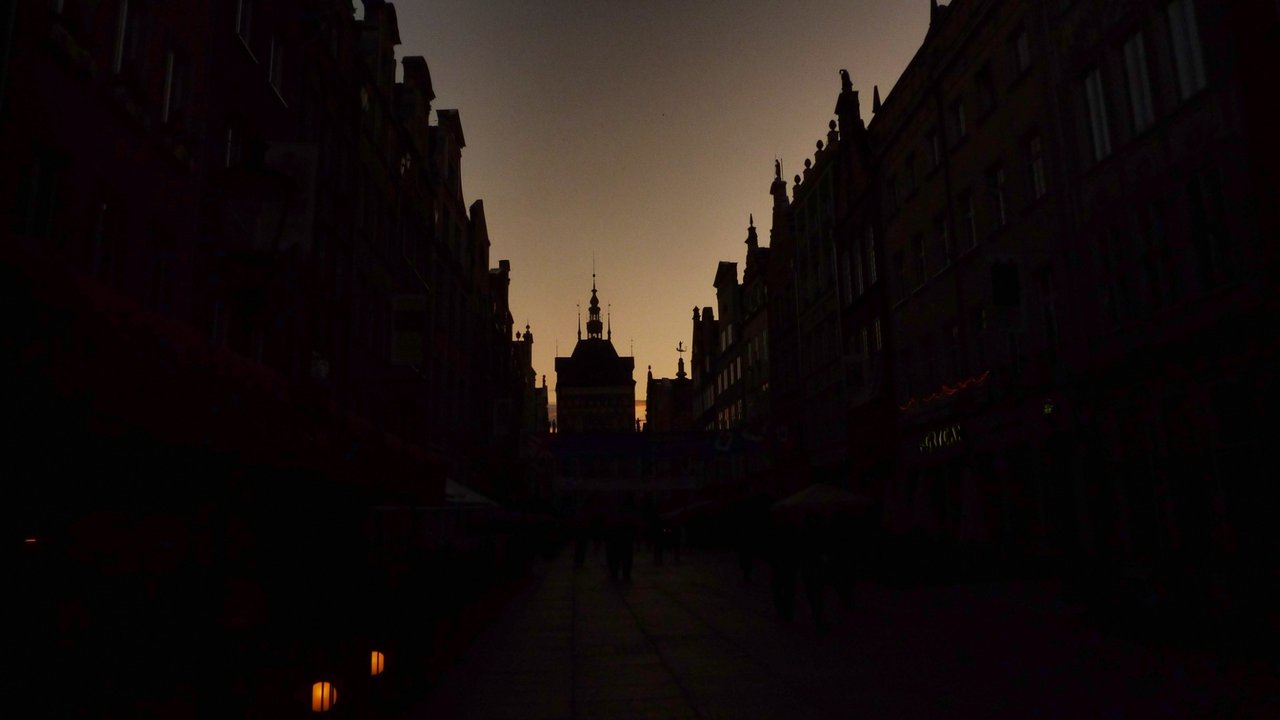 Downtown Danzig when th sun is going down
Downtown Danzig when th sun is going down
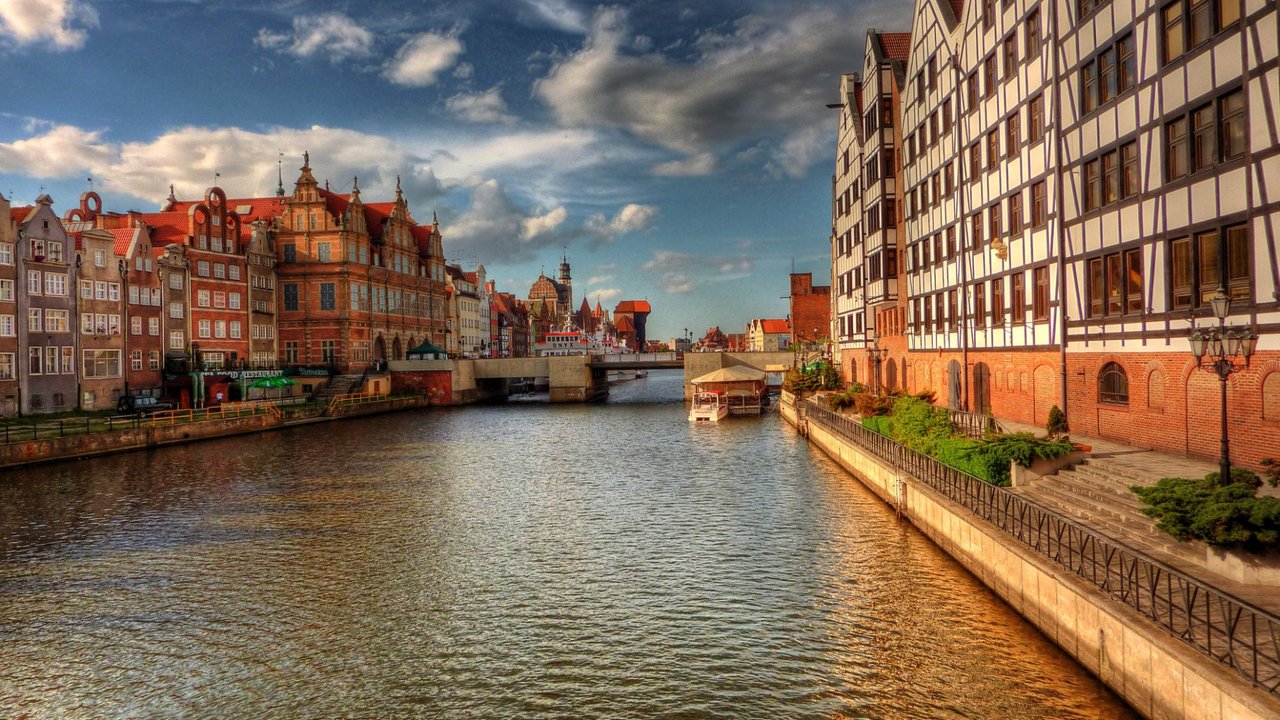 Danzig had a lot of beautiful buildings
Danzig had a lot of beautiful buildings
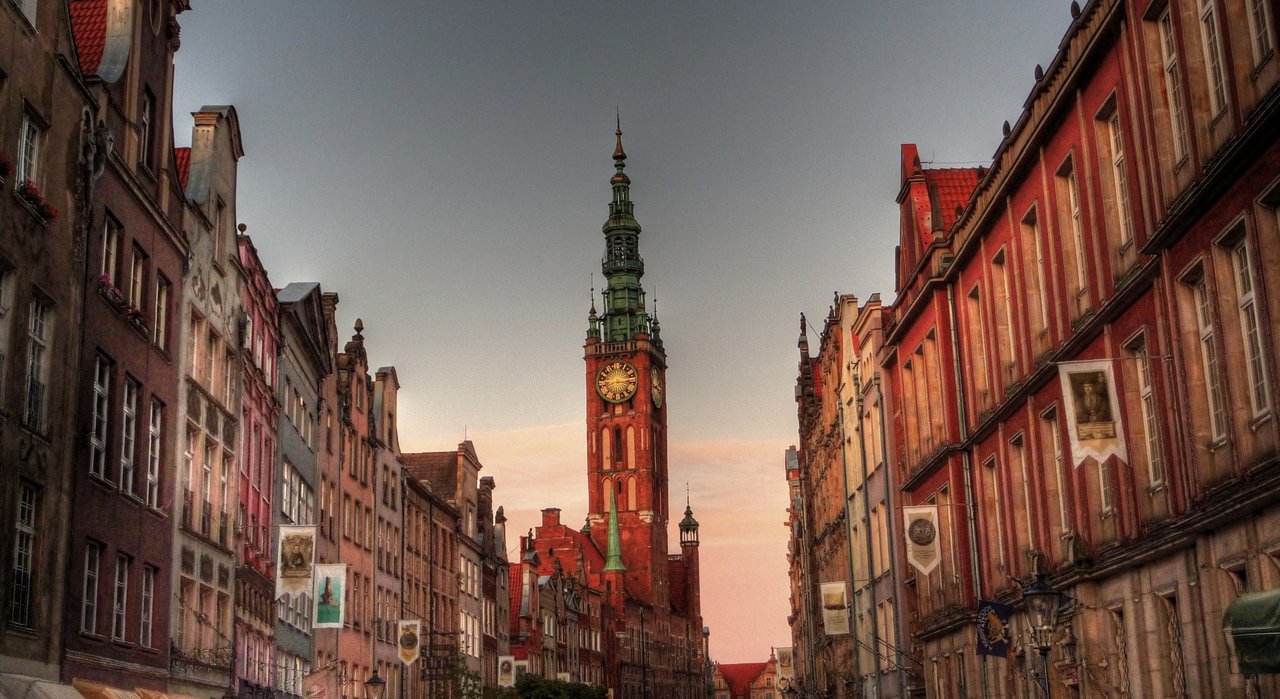 The town is history in every stone
The town is history in every stone
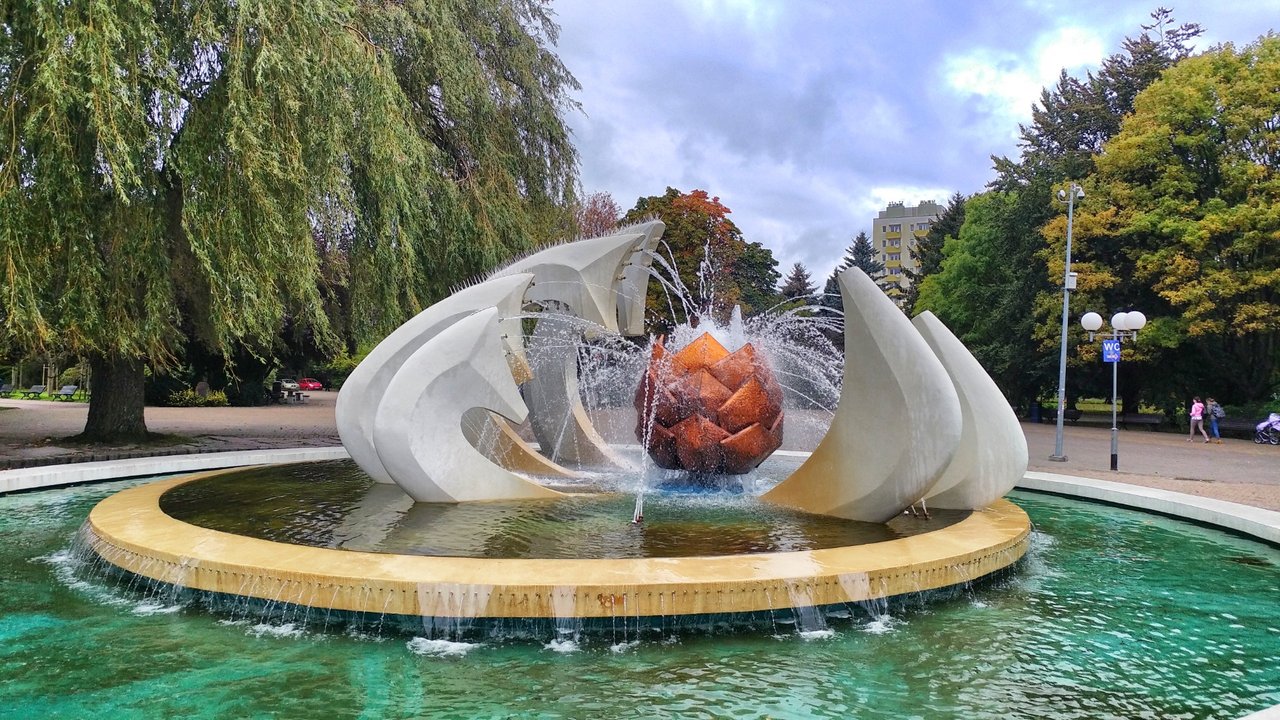 Art on our way
Art on our way
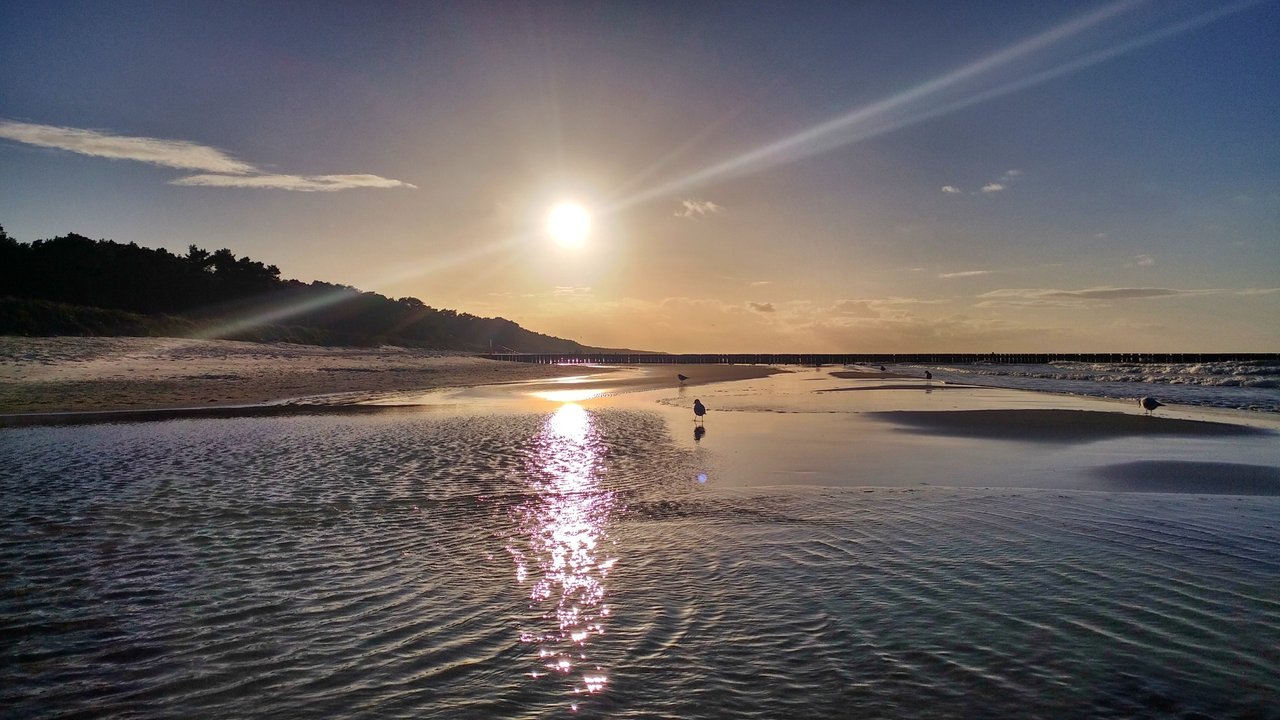 A very rare quiet place
A very rare quiet place
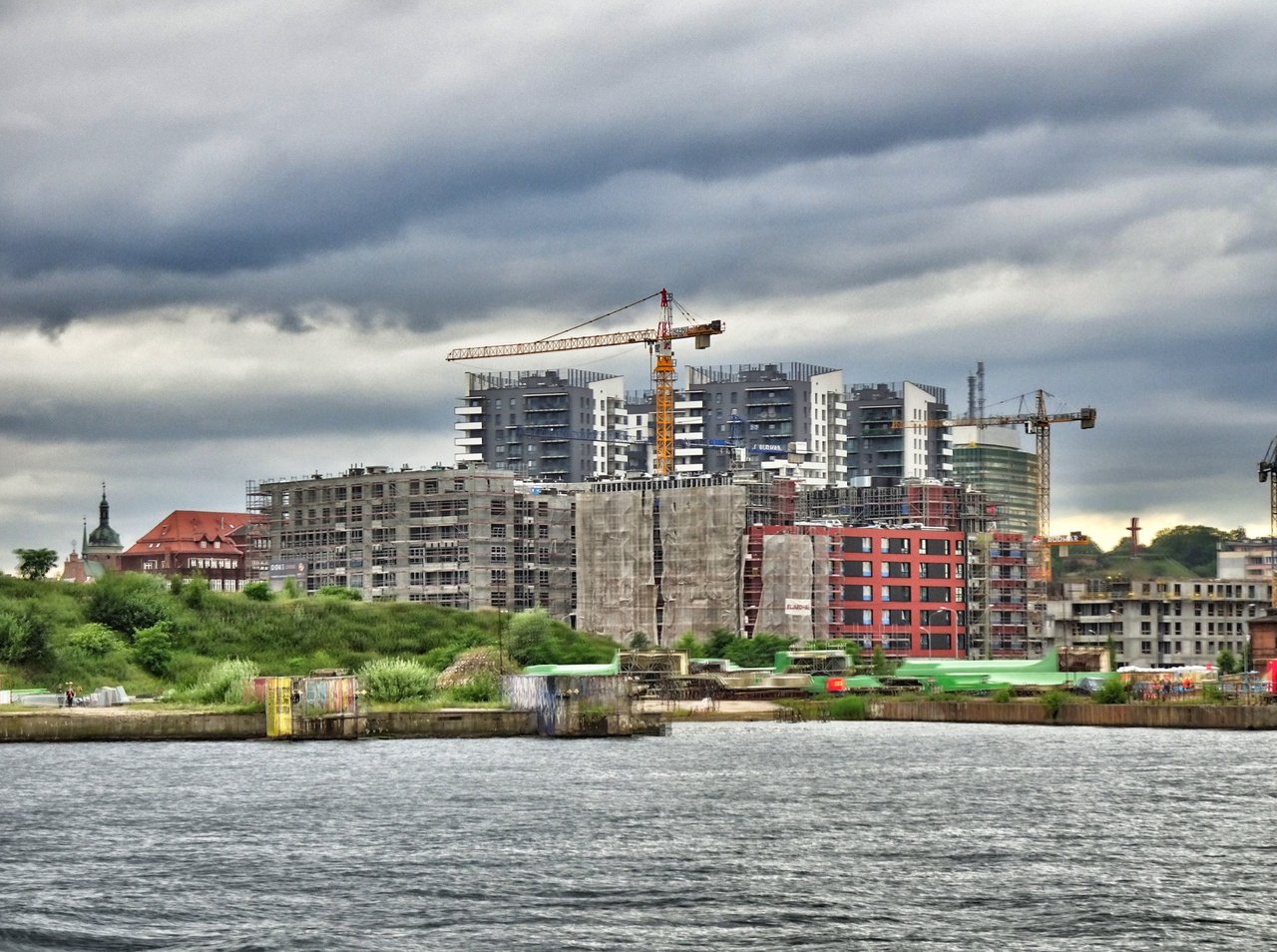 Poland works hard to reinvent itself
Poland works hard to reinvent itself
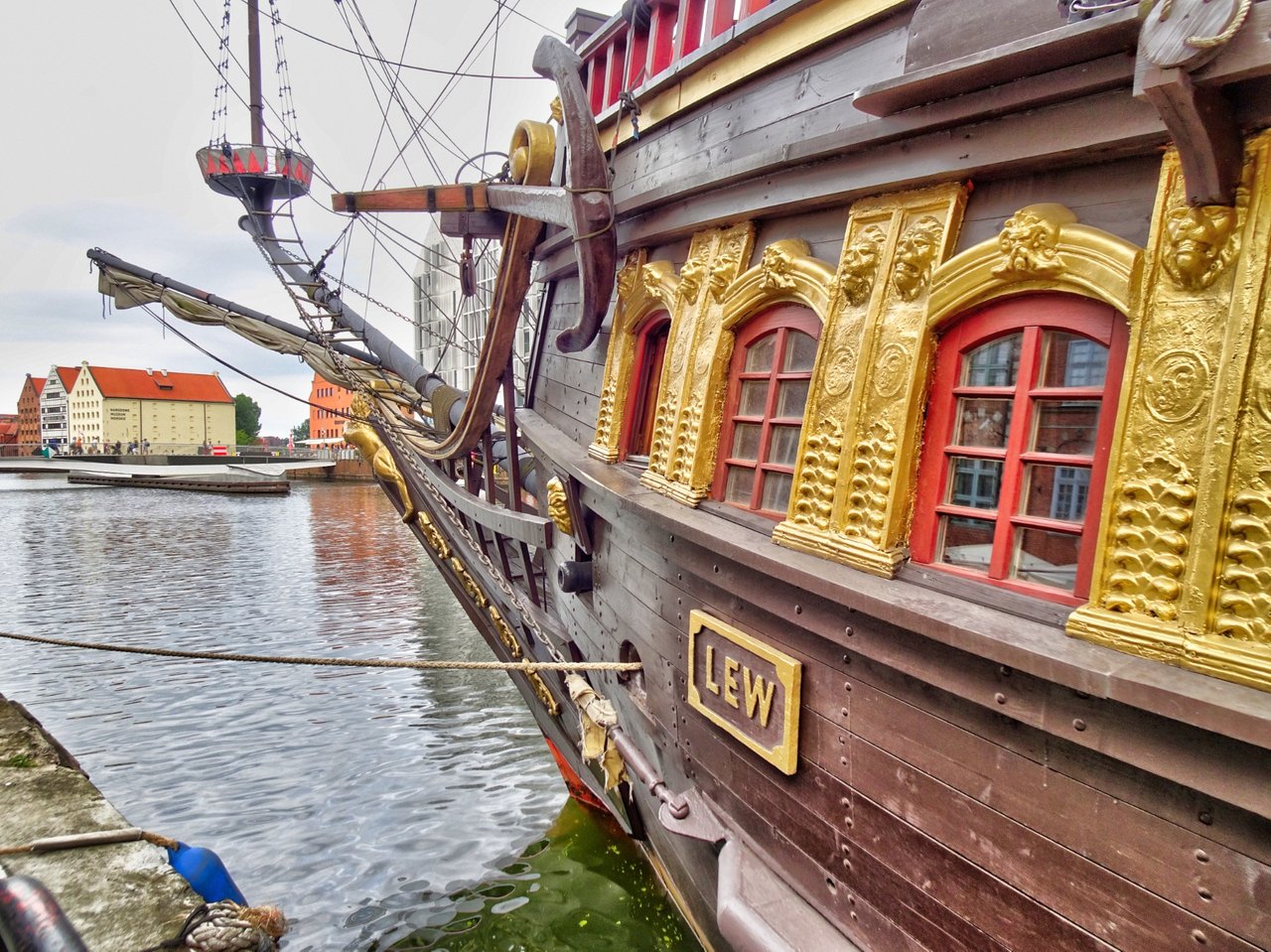 Looks like an old caravelle, but it sails with an engine
Looks like an old caravelle, but it sails with an engine
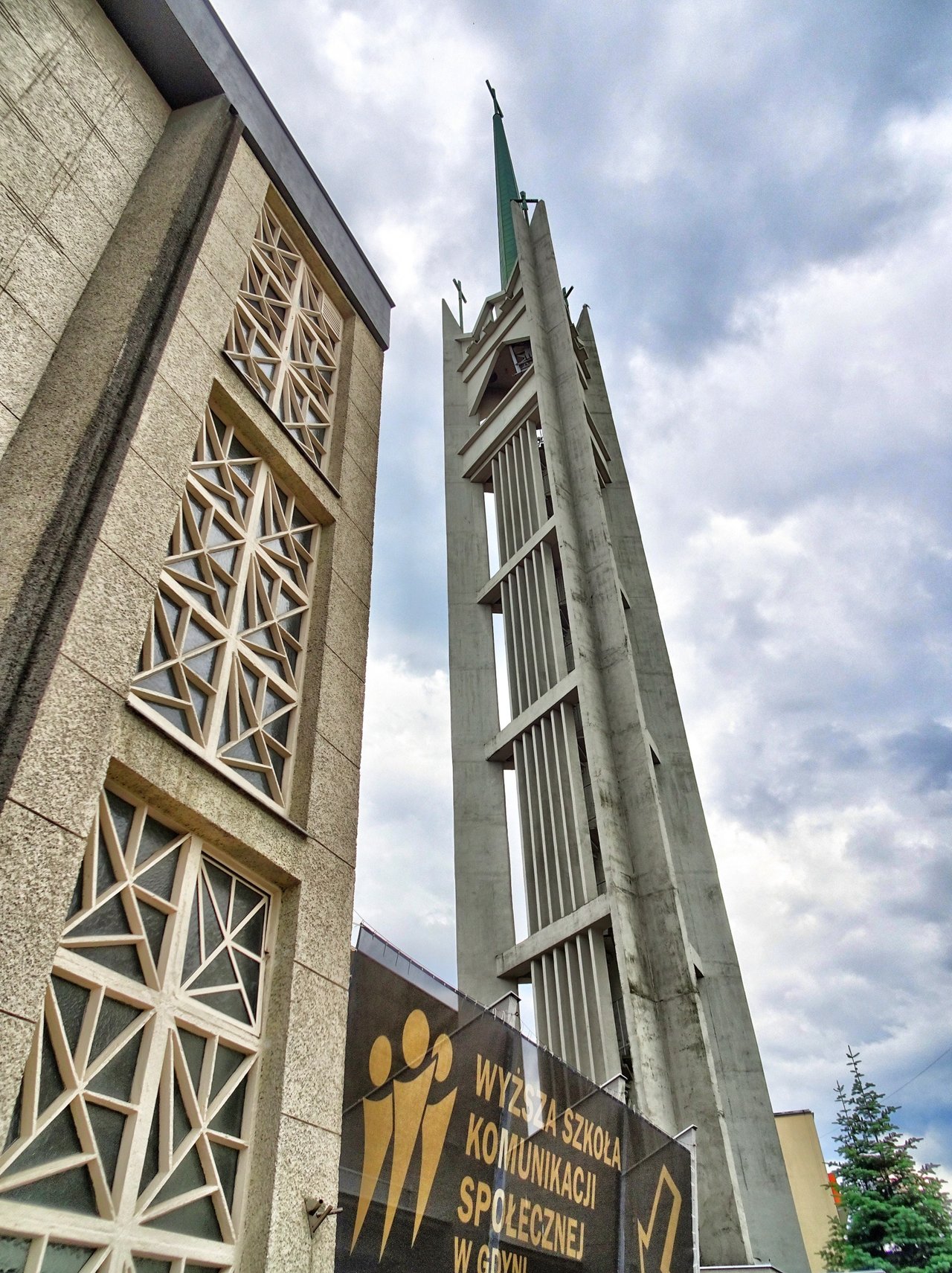 Catholic church, erected by communist workers
Catholic church, erected by communist workers
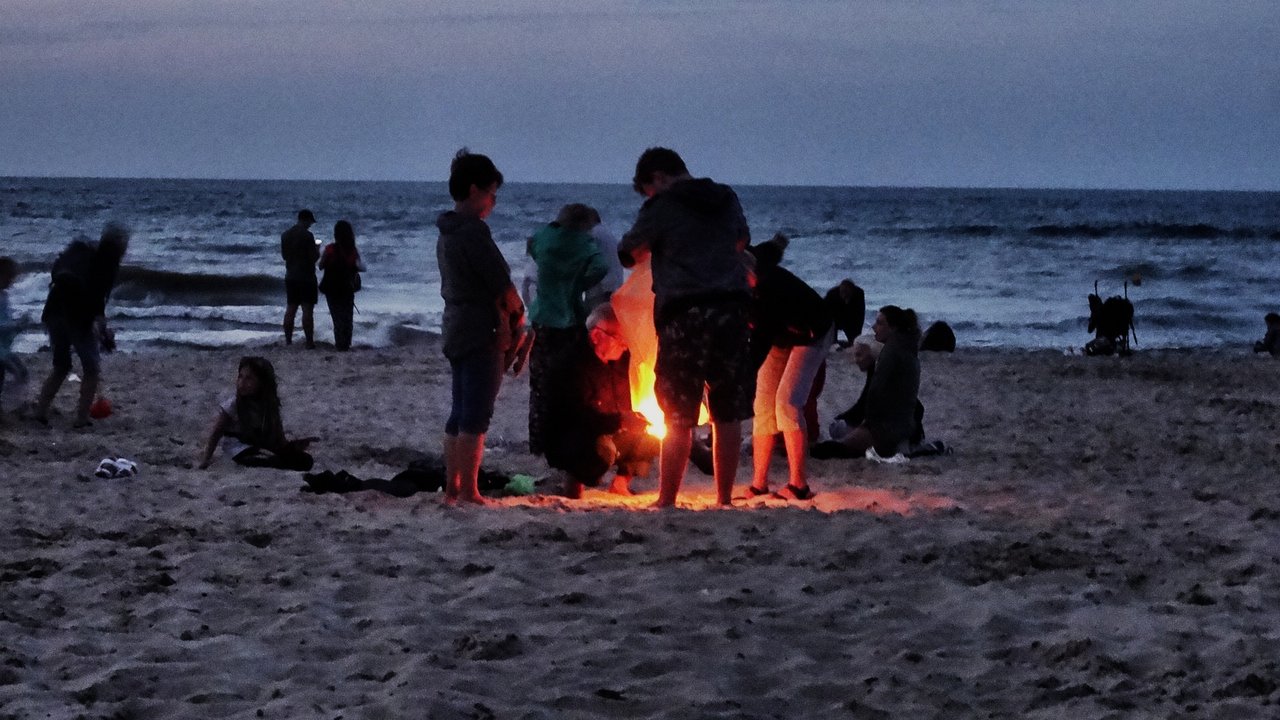 On every evening the people in Wladyslowowo are flying balloons
On every evening the people in Wladyslowowo are flying balloons
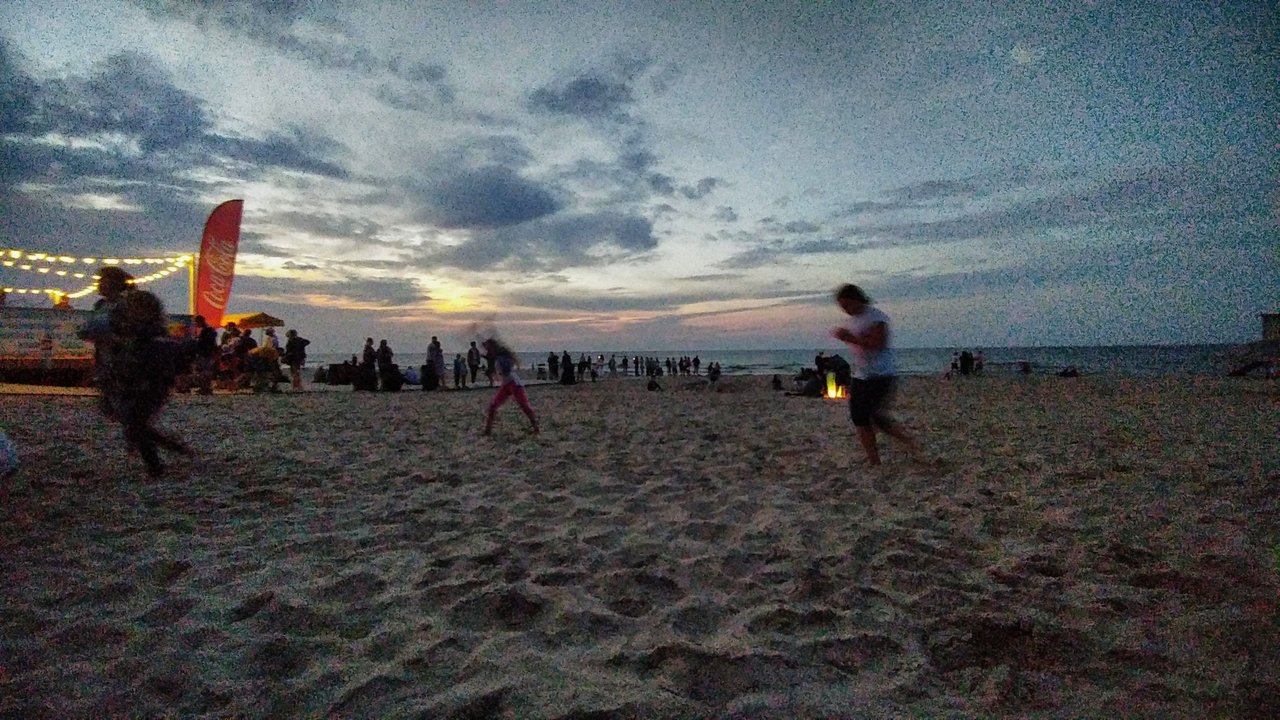 In the west the sun ist going down, at the east the party starts
In the west the sun ist going down, at the east the party starts
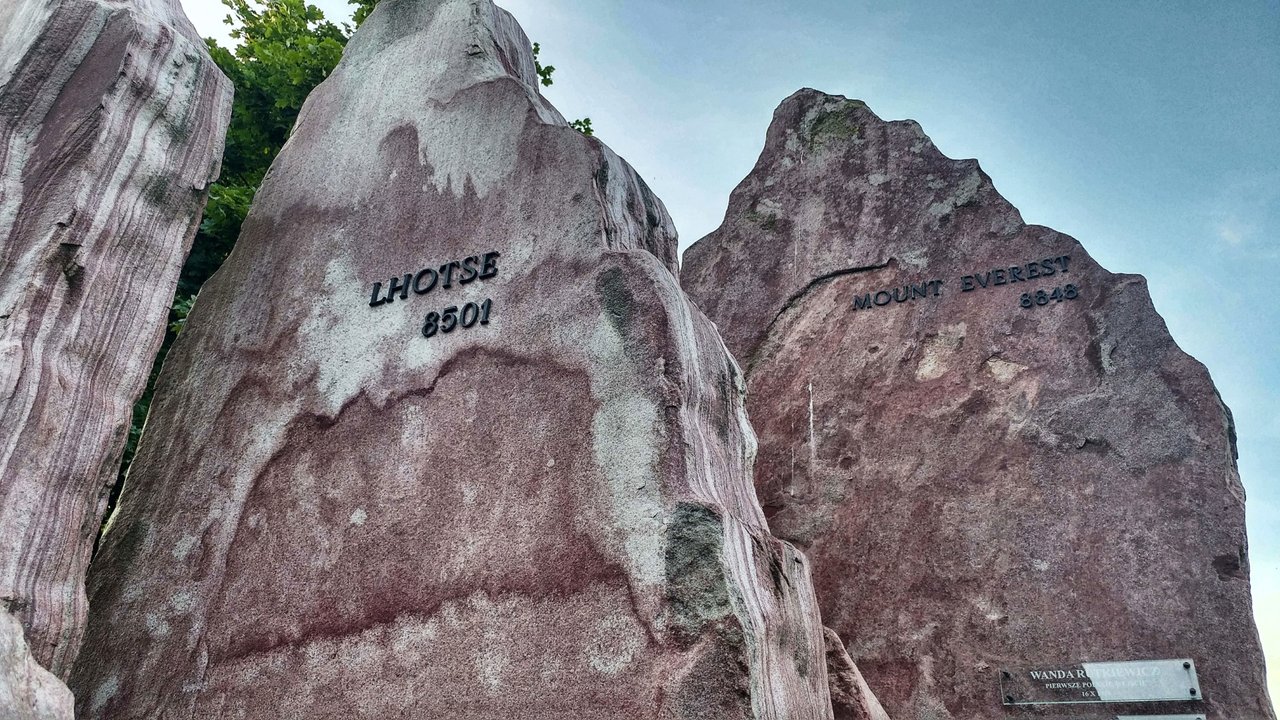 In Wladyslowowo the have amonument for polish Everest-climbers
In Wladyslowowo the have amonument for polish Everest-climbers
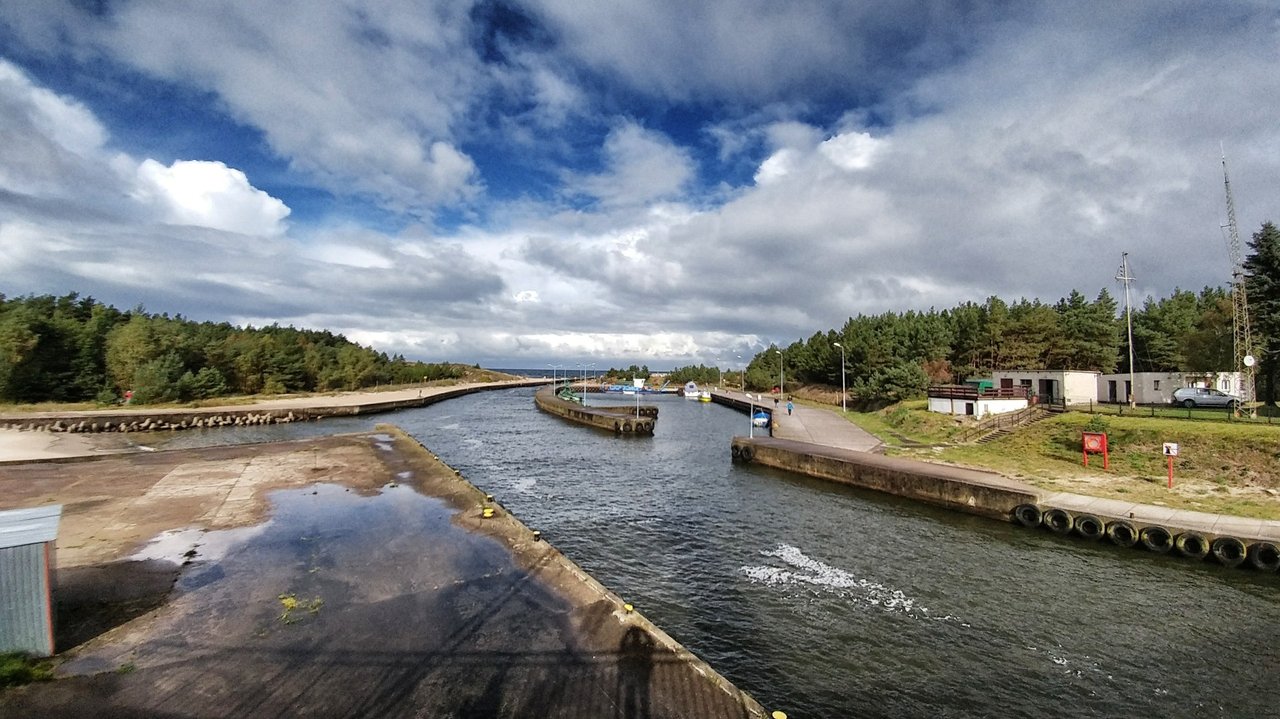 The small harbor of Darlowo
The small harbor of Darlowo
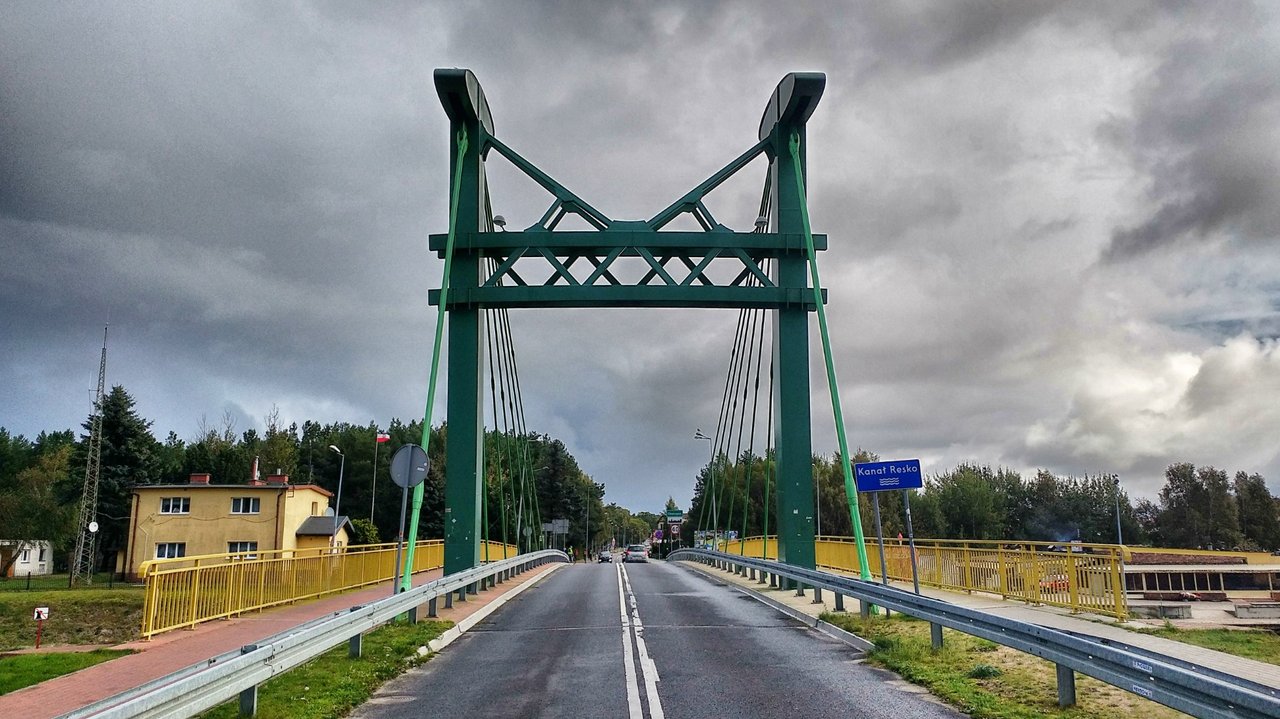 Darlowos Green Gate bridge
Darlowos Green Gate bridge
